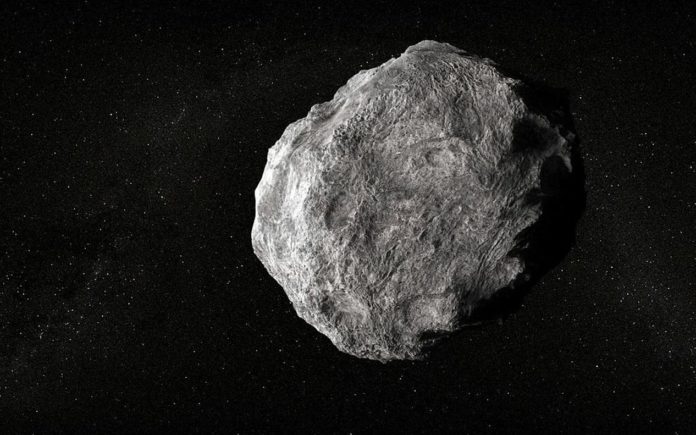The 2022 biggest asteroid to fly by Earth this Friday will come about 2.5 million miles (4 million kilometers) of our planet on March 27, according to NASA.
NASA’s Center for Near-Earth Object Studies has predicted that on May 27, a massive asteroid that is four times the size of the Empire State Building would make a near encounter to Earth.
The asteroid, called 7335 (1989 JA), will miss our planet by around 2.5 million miles (4 million kilometers), or about 10 times the distance between Earth and the moon.
Still, because the space rock is so big (1.1 miles or 1.8 km in diameter) and close to Earth, NASA has labeled it as “potentially hazardous.” This means that if its orbit ever changes and it hits our planet, it could do a lot of damage.
NASA says that asteroid 7335 (1989 JA) is the biggest one that will get close to Earth this year. Scientists estimate that the asteroid’s velocity is approximately 47,200 mph (76,000 km/h), which is 20 times quicker than a speeding bullet. The next close flyby won’t occur until June 23, 2055, when the rock will pass even farther away than it did during this flyby, or within almost 70 times the distance between the Earth and moon.
NASA monitors around 29,000 NEOs each year, including asteroids like this one. If an object comes within 30 million miles of Earth’s orbit, it is referred to as a NEO, according to NASA. Most of these objects are very small. NASA said that 7335 (1989 JA) is bigger than about 99 percent of the NEOs that it tracks.
7335 (1989 JA) is also an Apollo-class asteroid, which refers to asteroids that orbit the sun while periodically crossing Earth’s orbit. There are over 15,000 such asteroids known to astronomers.
NASA closely watches NEOs like this one and just launched a mission to see if potentially hazardous asteroids may be redirected from a crash course with Earth. The Double Asteroid Redirection Test (DART) was launched by NASA in November 2021 and will smash head-on with the Dimorphos asteroid in the autumn of 2022. The collision won’t destroy the asteroid, but it may affect its orbital route.
Image Credit: Getty
You were reading: Years Largest Asteroid to Pass Earth This Friday – NASA
